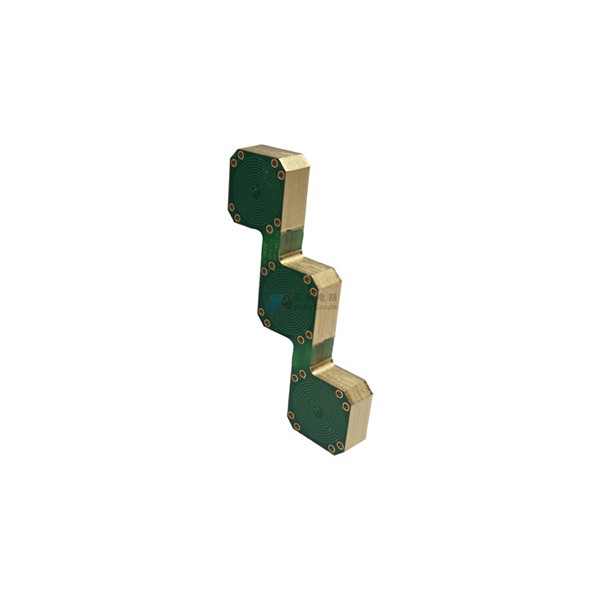

When it comes to PCB manufacturing, surface copper plating refers to the process of applying a thin layer of metal, usually copper, onto the exposed copper traces and pads of the PCB. This plating serves several purposes, including improving solderability, preventing oxidation, and enhancing conductivity.
“Immersion Gold” and “Immersion Silver” are two common types of surface finishes used in PCB manufacturing. Here’s a brief explanation of each:
Immersion Gold (ENIG – Electroless Nickel Immersion Gold): This is a widely used surface finish in PCB manufacturing. It involves depositing a layer of nickel onto the exposed copper surface of the PCB, followed by a layer of gold. The nickel layer acts as a barrier between the copper and gold, preventing them from mixing and providing a flat, even surface for the gold plating. Immersion gold provides excellent solderability, oxidation resistance, and a flat surface for fine-pitch components. The cost is high, the welding strength is poor, and it is not easy to oxidize. It can be stored for a long time and is suitable for welding fine gap pins and components with small solder pads.
Immersion Silver: Similar to immersion gold, immersion silver involves depositing a thin layer of silver onto the exposed copper surface of the PCB. Immersion silver provides good solderability and electrical conductivity. However, it is important to note that silver is susceptible to tarnishing and oxidation over time, which might impact its performance in certain environments. This finish is often chosen for applications where cost is a factor and where tarnishing is not a significant concern. If the PCB has functional requirements for connection and requires cost reduction, immersion silver is a good choice; the good flatness and contact of immersion silver, the immersion silver process should be chosen even more. There are many applications in communication products, automobiles, as well as in high-speed signal design. Due to its excellent electrical conductivity that cannot be matched by other surface treatments, immersion silver can also be used in high-frequency signals. However, the storage time for this surface treatment is usually only three months.
Both immersion gold and immersion silver are commonly used for their advantages in PCB assembly and reliability. The choice between them depends on factors such as the intended application, cost considerations, and the desired performance characteristics of the finished PCB.
It’s worth mentioning that there are many other surface finishes available in PCB manufacturing, each with its own advantages and disadvantages. The selection of a surface finish depends on the specific requirements of the PCB design and the environment in which it will be used.